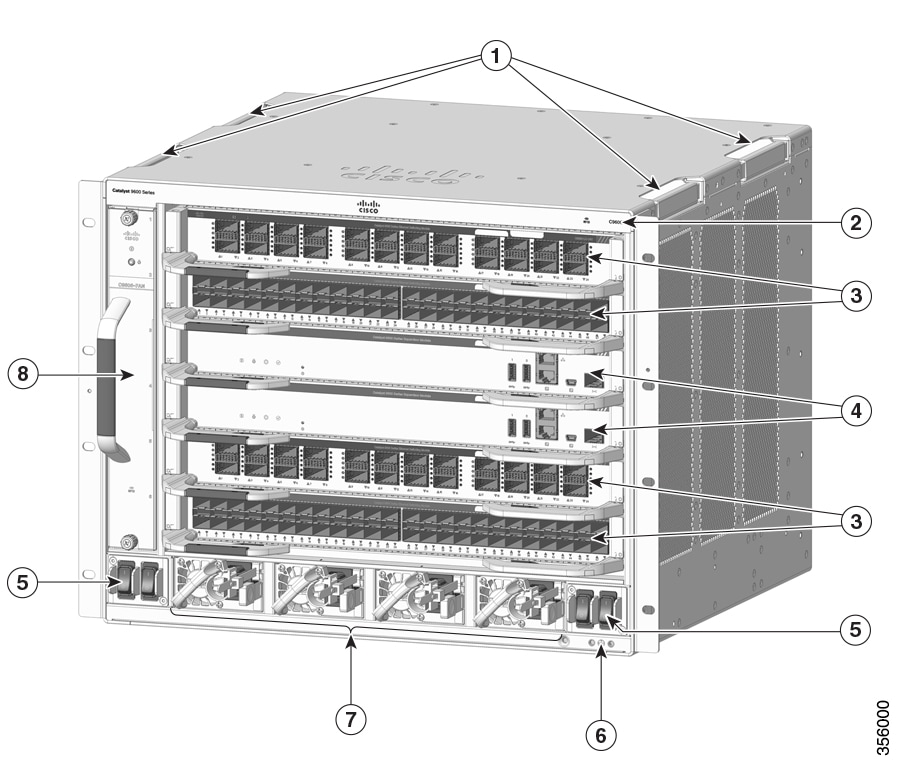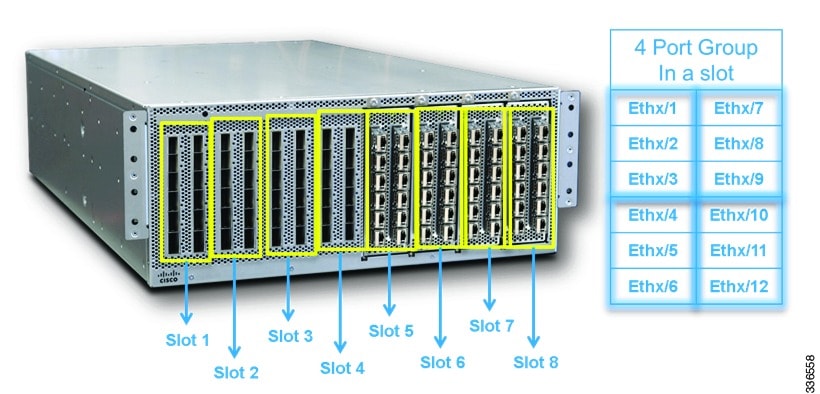Cisco 2811 Slot Numbering

- Cisco 2811 Slot Numbering Tool
- Cisco 2811 Slot Numbering System
- Cisco 2811 Slot Numbering Software
- Cisco 2811 Slot Numbering Systems
- Cisco 2811 Async Port Numbering
This post explains the interface numbering scheme used in Cisco 1800, Cisco 2800 and Cisco 3800 Series Routers. It also includes line numbering associated with async interfaces.
Table 1-1 Network Module Slots Available on Cisco Access Routers Cisco Router Number of Slots Slot Type Slot Numbering Installation Notes and Limitations Cisco 2600 series 1 Single-wide Slot 1 Does not support extension modules. Cisco 2811 routers 1 Single-wide Slot 1 Does not support extension modules. Cisco 2821 routers 1 Single-wide Extended. Cisco 2811 Integrated services router with AC power, 2 Fast Ethernet Ports, Slots: 1 NME, 4 HWICs, 2 PVDM, 2 AIMs UPP 1. Use accessory kit Double-wide slot—Install a slot divider as described in the 'Installing Slot Dividers in HWIC Slots on Cisco 2811, Cisco 2821, and Cisco 2851 Routers' 31 Oct 2013 You will need a number 2 Phillips screwdriver and a flat-blade Step 7 Disengage the fan from the side attachment slots and push the Cisco 2800 Series Hardware.
Existing router platforms (earlier than Cisco 1800, Cisco 2800, and Cisco 3800) contain a limitation. In some situations, such as when you insert WIC(s) out of order, the configuration of one WIC interface can be lost or applied to another WIC interface.
Example: Assume that you have a serial WIC-2T in WIC slot 1 and WIC slot 0 is empty. The interfaces are named serial 0/0 and serial 0/1. If you insert another WIC-2T into slot 0, the new WIC interfaces are named serial 0/0 and serial 0/1. The old WIC interfaces become serial 0/2 and serial 0/3. Therefore, the old WIC interface configuration moves to the new WIC interfaces.
Refer to How Async Lines are Numbered in Cisco 3600 Series Routers for more information.
In order to overcome this limitation, Cisco 1800, Cisco 2800, and Cisco3800 series platforms now have a three-tiered interface numbering format (slot/subslot/port) for interfaces on WIC slots only.
Note: The slot information for the Cisco 3800 series is the same as the 2800/1800 interface and line numbering. See New Interface and Line Number Conventions for information on interface and line numbering.
New Interface and Line Number Conventions
This section describes the new conventions for interface and line numbering.
- The interface numbering scheme is the same for async interfaces and non-async interfaces. To configure the line associated with an async interface, use the interface number to specify the async line.For example, line 0/0/0 specifies the line associated with interface serial 0/0/0 on a WIC-2A/S in slot 0. Similarly, line 0/1/1 specifies the line associated with interface async 0/1/1 on a WIC-2AM in slot 1.
Note: This document uses the following words interchangeably:
- Network-module-slot and slot.
- Interface-card-slot and subslot.
- Ports on network modules are numbered like this:interface-number = network-module-slot/port
OR
interface-number = slot/port
- Ports on interface cards (such as WICs, VWICs and HWICs) installed directly in chassis slots is given here:interface-number = 0/interface-card-slot/port
OR
interface-number = 0/subslot/port
- This numbering convention is used for ports on interface cards that are installed in network module slots:interface-number = network-module-slot/interface-card-slot/port
OR
interface-number = slot/subslot/port
Note: The slot/subslot/port format only applies to WIC interfaces. Interfaces that are native to the network modules still use only the slot/port format. That is:
- <interface-name> slot/port is used whenever the interfaces are native on the network module.
- <interface-name> slot/subslot/port is used whenever the interfaces are on the WIC slot of a network module (NM).
- Here is an example for numbering when the motherboard slot number is always 0. The native interfaces on the motherboard are numbered like this:
- Fa0/0, Fa0/1 on Cisco 2811.
- Gi0/0, and Gi0/1 on Cisco 2821 and Cisco 2851.
The Motherboard WIC slots are numbered from 0 to 3. The number increments from right to left, and from bottom to top.
- Slot numbers for other slots increase from bottom to top, then right to left. Subslot numbers and port numbers within a slot also increase from bottom to top, then right to left.
Examples
Interfaces native to an extension network module (ENM):
If the ENM carries WIC cards, the WIC slot numbers start from 0:
The extension voice module (EVM) slot analog interfaces are numbered from voice-port 2/0/0 to voice-port 2/0/23, following the NM-HDA convention.
Interface Numbering
This section lists the interface numbering details for Cisco routers.
Table 1 – Interface Numbering on Cisco 1841
Cisco 2811 Slot Numbering ToolCisco 2851 PlatformFigure 2 shows the interface numbering on Cisco 2851 platform with:
Figure 2 – Interface Numbering on Cisco 2851 Platform Slots on Cisco 1841, 2801, 2811, 2821, 2851 RoutersThis section illustrates the positions of the various slots on Cisco 1841, 2801, 2811, 2821, 2851 routers. Figure 3 – Rear Panel of the Cisco 1841 Router
|
|---|
